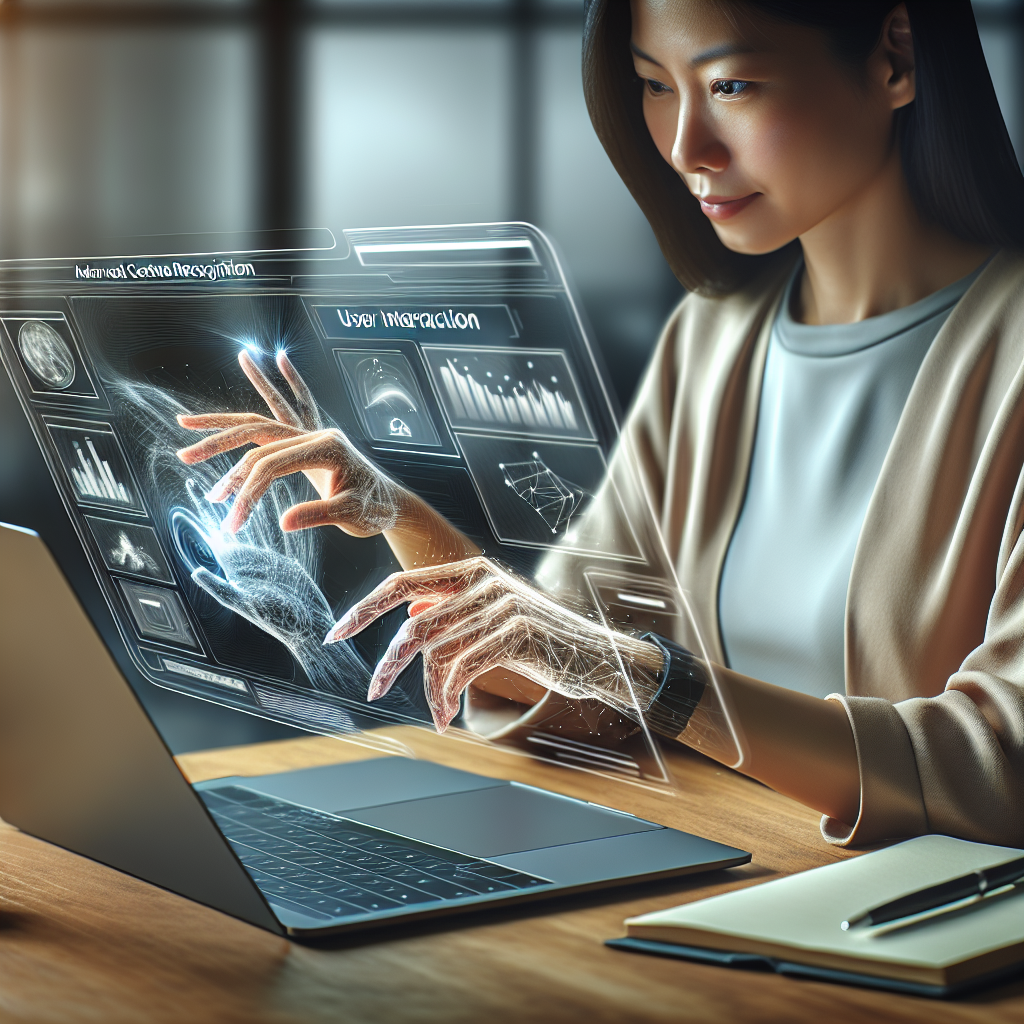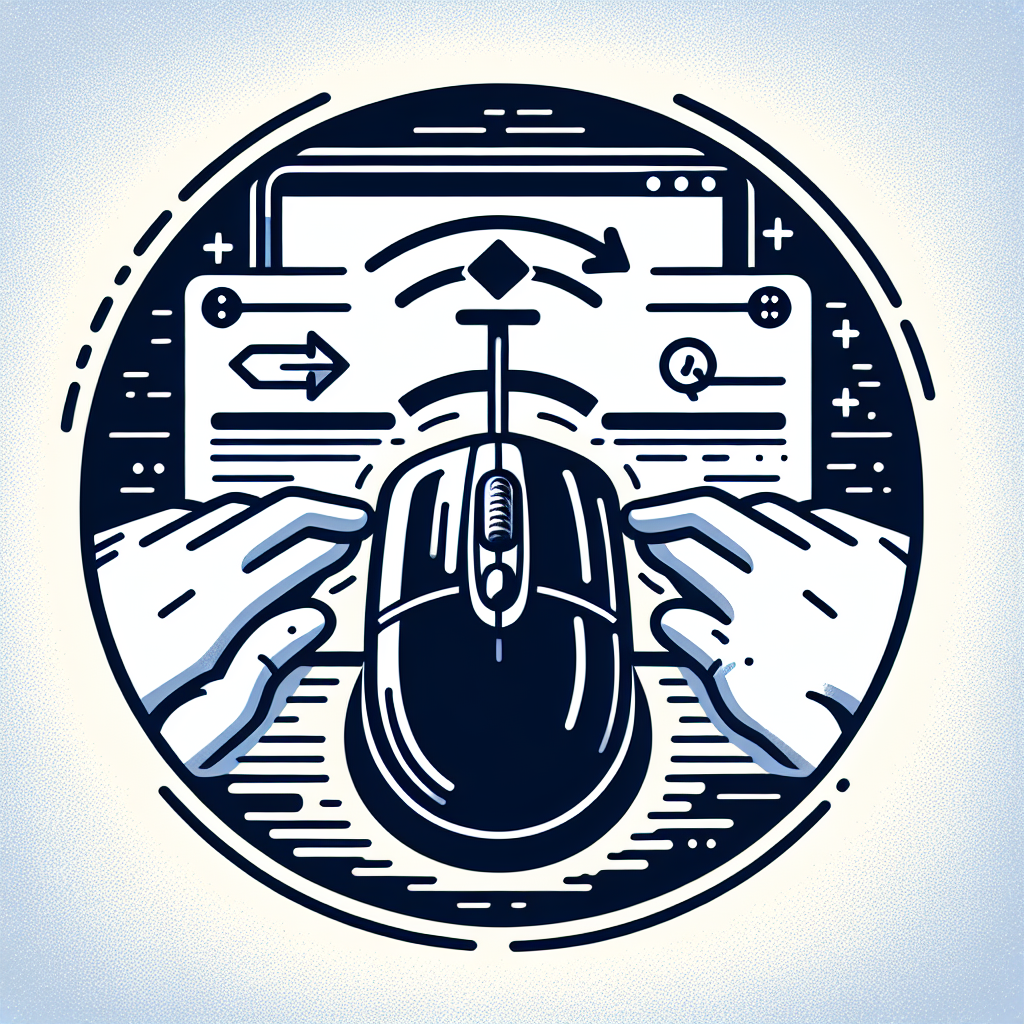With the advent of technology, laptops have continuously evolved to meet the dynamic needs of users. One of the most exciting developments in recent years is the incorporation of advanced gesture recognition features. This technology is fundamentally changing how users interact with their devices, providing a more intuitive, immersive, and efficient experience.
What is Gesture Recognition?
Gesture recognition refers to the ability of a system to identify and interpret human movements. It uses sensors and cameras to detect gestures made by users and translates these into commands that the laptop can execute. This technology enables users to interact with their devices without touching the keyboard or mouse, making the user experience more dynamic and intuitive.
Key Technologies Behind Gesture Recognition
- Infrared Sensors: These sensors detect the heat signature of a user’s hand, allowing for precise movement tracking.
- Motion Sensors: Accelerometers and gyroscopes detect the speed and direction of hand movements.
- Depth Cameras: These cameras measure the distance between the hand and the laptop to accurately capture gestures in three-dimensional space.
How Gesture Recognition Enhances User Interaction
Advanced gesture recognition offers several benefits that enhance user interaction with laptops:
1. Increased Productivity
Gesture recognition technologies help streamline tasks by reducing the time needed for manual input. Simple gestures can be used to execute complex commands or multitask between different applications effortlessly.
Productivity Enhancement Table
| Action | Traditional Input Time | Gesture Input Time |
|---|---|---|
| Open an Application | 3 Seconds | 1 Second |
| Switch Between Apps | 2 Seconds | 0.5 Seconds |
| Scroll Through a Document | 5 Seconds | 2 Seconds |
2. Enhanced Accessibility
Gesture recognition technology opens up new possibilities for individuals with physical disabilities. It provides a way to navigate and control the laptop without relying on traditional input devices, making technology more inclusive.
3. Intuitive Controls
The intuitive nature of gesture-based interactions means that users can more naturally engage with their laptops. This can significantly reduce the learning curve associated with new software and interfaces, allowing users to adapt quickly.
4. Seamless Integration with Other Technologies
Gesture recognition can easily integrate with other emerging technologies like virtual reality (VR) and augmented reality (AR), offering a cohesive and immersive user experience.
Applications of Gesture Recognition in Laptops
The applications of advanced gesture recognition in laptops are diverse and growing rapidly:
Gaming
Gesture recognition allows for more immersive and interactive gaming experiences. Players can use gestures to control in-game actions, providing a more engaging environment.
Presentation Tools
Professionals can leverage gesture recognition during presentations to switch slides, zoom in on key points, and navigate through data without needing to be near their laptop, offering a more dynamic presentation style.
Media Control
Users can control media playback with simple hand movements, making it easier to enjoy multimedia content without needing to use a keyboard or remote control.
Healthcare
In healthcare, gesture recognition can assist surgeons and medical professionals in accessing patient data or controlling medical equipment without needing to touch surfaces, thereby maintaining a sterile environment.
Challenges and Limitations
Despite its numerous advantages, gesture recognition technology still faces certain challenges:
Accuracy
Ensuring accurate recognition of gestures can be challenging, especially in environments with poor lighting or when gestures are not clearly defined.
Learning Curve
Although intuitive, users may still require some time to learn and adapt to gesture-based controls, particularly if they are accustomed to traditional input methods.
Cost
Implementing advanced gesture recognition technology can increase the overall cost of laptops, which may be a limiting factor for some consumers.
The Future of Gesture Recognition in Laptops
The future of gesture recognition in laptops looks promising with continuous advancements in artificial intelligence and machine learning. Future iterations of gesture recognition technology are likely to be more accurate, cost-effective, and integrated with a wider array of applications, further enhancing the user experience.
Laptops with advanced gesture recognition are paving the way for a new era of human-computer interaction. As the technology continues to evolve and mature, it’s set to become an integral part of how we interact with our computing devices, offering an unprecedented level of control and convenience.




